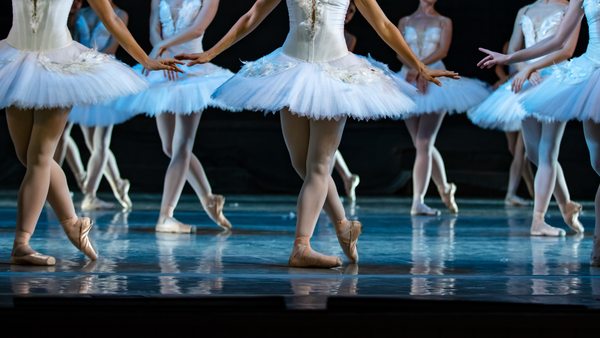Snapping hip, characterized by an audible 'pop' or sensation in the hip during certain movements, can be a concern for dancers. While often benign, this phenomenon can lead to more serious issues like bursitis or labral tears. In this guide, we'll delve into the anatomy of the hip, explore how overstretching and repetitions contribute to snapping hip, and provide actionable steps for dancers to prioritize their physical well-being.

Understanding Snapping Hip: Snapping hip occurs when a muscle or tendon glides over a bony prominence within the hip joint. Although usually not accompanied by pain, it can lead to discomfort or even more severe conditions. The hip's complex anatomy, including the ball-and-socket joint formed by the femur and acetabulum, along with ligaments, tendons, and bursae, plays a crucial role in its stability and range of motion.
The Impact of Overstretching and Repetitions: Dancers, in their pursuit of excellence, often subject their hips to excessive stretching and repetitive motions. These actions can amplify the snapping sensation and, over time, result in damage. Tendons and muscles repeatedly gliding over hip bones may contribute to the development of bursitis or labral tears. It's essential for dancers to recognize the potential risks of these practices and take steps to prevent snapping hip.
Prioritizing Longevity with the PBT Approach: Adopting the principles of Progressing Ballet Technique (PBT) can be invaluable in safeguarding against snapping hip and other dance-related injuries. Embracing the philosophy that "the body is forever, and dance isn't," dancers can find a balance between pushing their limits and preserving their physical well-being.
- Technique Mastery: Focus on mastering proper dance techniques that prioritize alignment and minimize strain on the hip joint. Working closely with instructors can help dancers refine their movements and reduce the risk of overstretching.
- Strength Building: Incorporate targeted strength training exercises that enhance the muscles surrounding the hip joint. A strong support system can alleviate strain during dance movements and mitigate the risk of snapping hip.
- Mindful Flexibility: Instead of excessive stretching, emphasize controlled and mindful flexibility routines. This approach can improve range of motion while minimizing the strain on tendons and muscles.
- Rest and Recovery: Recognize the importance of rest in preventing overuse injuries. Integrating rest days and proper recovery techniques, such as foam rolling and gentle stretching, can aid in maintaining hip health.
In the world of dance, preventing snapping hip requires a holistic approach that respects the body's limits and emphasizes its longevity. By understanding the anatomy of the hip, recognizing the risks of overstretching and repetitions, and embracing the PBT ethos, dancers can pursue their passion while safeguarding their physical well-being.






